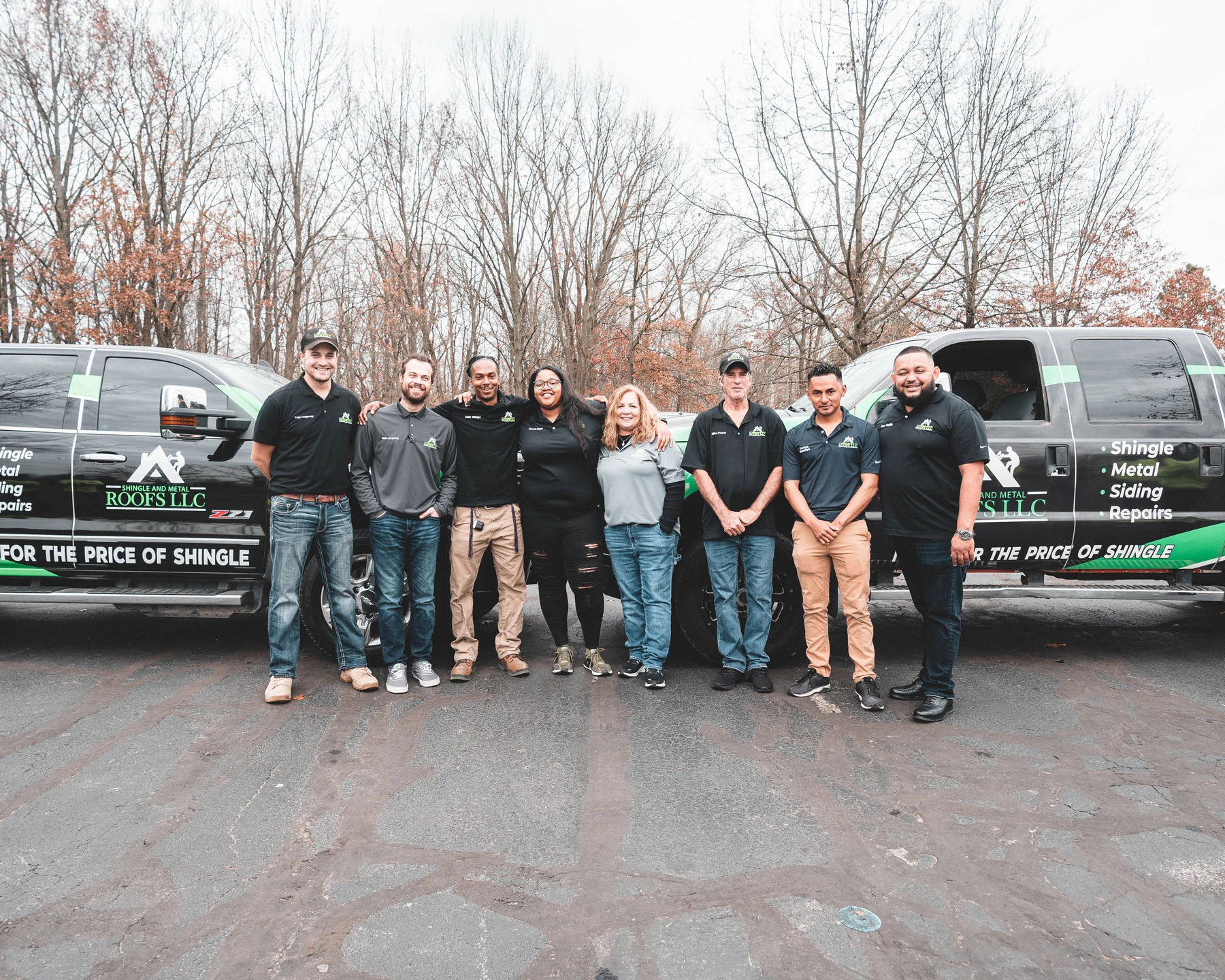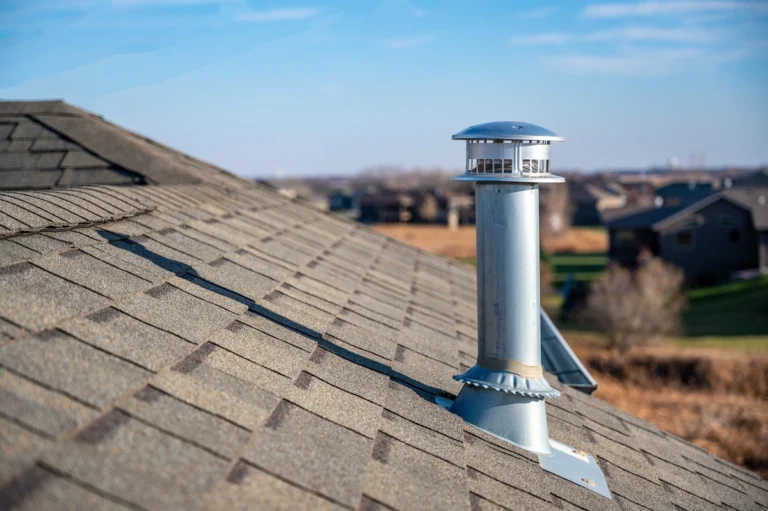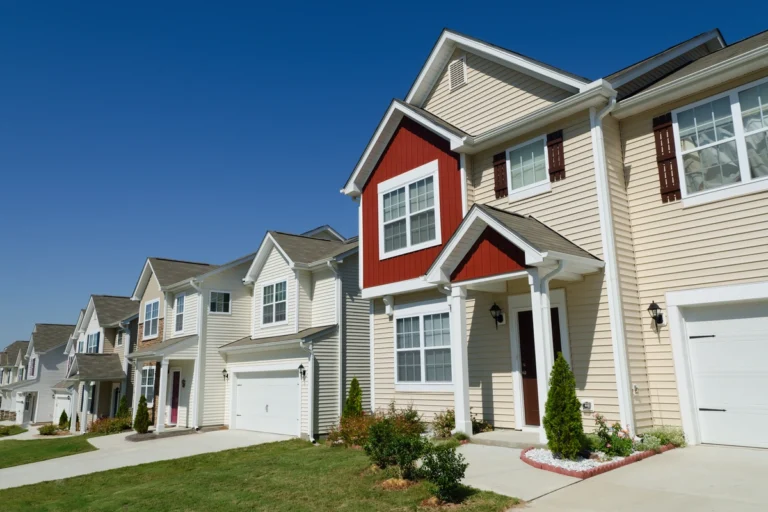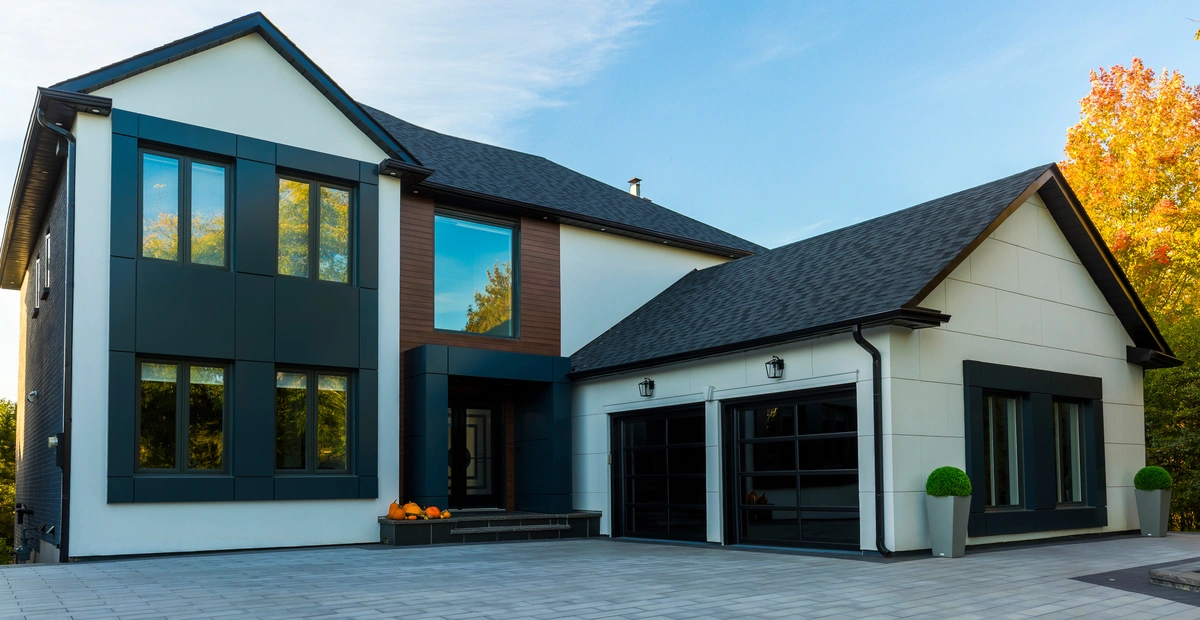
Your home’s roof is one of its most crucial components. It’s your first line of defense against the elements and plays a significant role in maintaining your home’s structural integrity. As a homeowner, understanding the various parts of your roof can help you identify issues, make informed decisions, and ensure your roof remains in excellent condition.
In this ultimate guide, we’ll explore the 11 key parts of a roof that every homeowner should know.
Here’s what’s inside this read:
- 11 key parts of a roof
- Features and functions of each part
- Quick roof components summary
Read on to learn the key parts of a roof and understand why they’re so important to shielding your home from the elements!
1. Roof Decking 🏗️
Roof decking, also known as sheathing, is the base layer of the roof. It provides a foundation for the rest of the roofing components.
- Typically made of plywood or oriented strand board (OSB).
- Your roof deck serves as a solid surface for shingles, tiles, or other roofing materials.
- Must be properly installed and ventilated to prevent moisture buildup.
2. Underlayment ⚒️
Underlayment is a protective layer placed on top of the roof decking to shield it from moisture and provide an extra layer of insulation.
- Usually made of asphalt-saturated felt or synthetic materials.
- Acts as a moisture barrier, protecting against leaks.
- Enhances the roof’s thermal efficiency.
3. Roof Flashing 🌦️
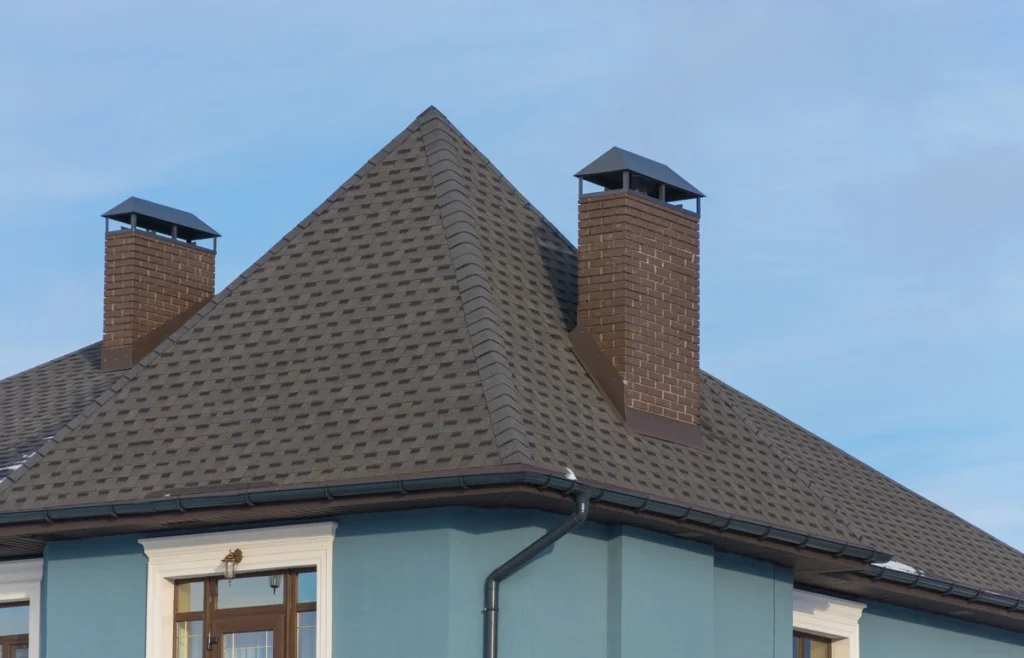
Flashing consists of metal strips or sheets used to prevent water from penetrating vulnerable areas of the roof.
- Installed around roof penetrations (chimneys, vents, skylights) and along roof intersections.
- Helps direct water away from sensitive areas.
- Made of materials like aluminum, copper, or galvanized steel.
4. Roof Ventilation 🌬️
Proper roof ventilation is crucial for maintaining temperature and moisture control within your attic and the roof itself.
- Includes intake and exhaust vents that allow air to circulate.
- Roof vents help regulate attic temperature, preventing heat buildup in the summer and moisture buildup in the winter.
- Extends the life of roofing materials and reduces energy costs.
5. Shingles or Roof Covering 🪶
Shingles or roof covering are the visible, outermost layer of your roof, protecting it from the elements and enhancing its aesthetics.
- Available in various materials, including asphalt, wood, metal, and more.
- Provide protection against rain, wind, and UV rays.
- Regular inspection and maintenance are essential to ensure shingles remain intact.
6. Roof Ridge 🔝
The roof ridge is the highest point of your roof, where two sloping sides meet. It’s typically covered with ridge caps or vents.
- Ridge caps protect against water infiltration along the roof’s peak.
- Ridge vents promote proper attic ventilation, allowing hot air to escape.
- The roof ridge is a vulnerable area that should be inspected regularly.
7. Eaves and Soffits 🏠
Eaves are the overhanging edges of the roof, while soffits are the exposed undersides of the eaves.
- Soffits provide ventilation and help regulate attic temperature.
- Eaves protect your home’s exterior walls from rain and sun exposure.
- Proper maintenance is essential to prevent rot or damage.
8. Fascia and Gutters 🪣
Fascia is the horizontal board that runs along the edge of the roof, while gutters collect and direct rainwater away from your home.
- Fascia supports the gutter system and provides a finished look to the roof.
- Gutters prevent water from pooling near the foundation, reducing the risk of water damage.
- Clean gutters regularly to avoid clogs and ensure proper water drainage.
9. Chimney 🏭
Chimneys are structures that protrude from the roof and are used for venting smoke and gases from fireplaces and appliances.
- Chimney flashing prevents water from seeping into the roof around the chimney base.
- Regular chimney maintenance is crucial to prevent damage and ensure safety.
10. Skylights 🪟
Skylights are windows installed in the roof to provide natural light and ventilation to interior spaces.
- Proper flashing and sealing around skylights are essential to prevent leaks.
- Regularly inspect skylights for any signs of damage or deterioration.
11. Roof Pitch and Slope 📏
The roof’s pitch or slope refers to its angle, which affects how water drains off the roof.
- Steeper slopes allow water to flow more quickly, reducing the risk of ponding or leaks.
- The pitch can influence the choice of roofing materials and ventilation requirements.
☑️ Roof Components Quick Checklist ☑️
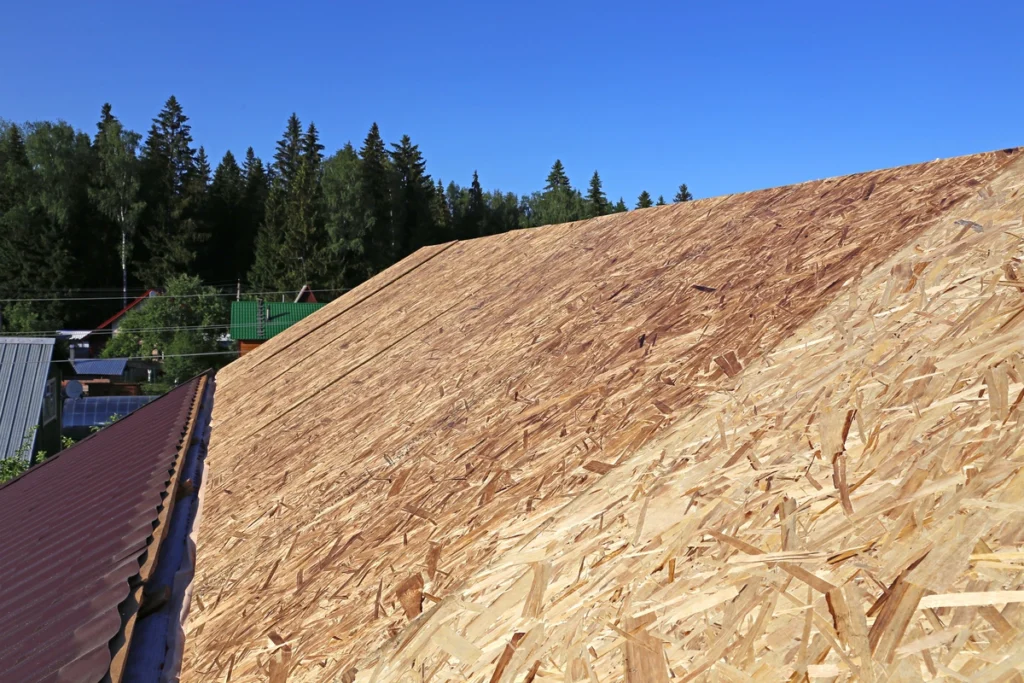
Now, let’s summarize the key parts of your roof in a numbered list:
Roof Decking
The foundation of your roof that’s made of plywood or OSB.
Underlayment
A moisture barrier layer that sits atop the decking.
Roof Flashing
Metal strips that prevent water penetration in vulnerable areas.
Roof Ventilation
Intake and exhaust vents for temperature and moisture control.
Shingles or Roof Covering
The outermost layer which provides protection and aesthetics.
Roof Ridge
The highest point of your roof, covered with ridge caps or vents.
Eaves and Soffits
Overhanging edges and exposed undersides of the eaves.
Fascia and Gutters
Horizontal board and water collection system along the roof edge.
Chimney
A structure that protrudes from the roof for venting.
Skylights
Roof-installed windows for natural light.
Roof Pitch and Slope
The angle of the roof that influences drainage and materials.
Know Your Roof & Be an Empowered Homeowner
Understanding these key parts of a roof can empower you as a homeowner to monitor your roof’s condition, perform necessary maintenance, and address issues promptly. Regular inspections and proper care can extend the life of your roof and protect your investment in your home. Reach out to our expert team of roofers at Shingle and Metal Roofs today for quality craftsmanship and quick turnaround times. We’ll start your next roofing project with a free estimate!

